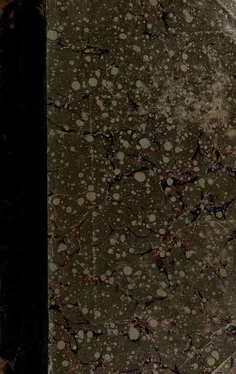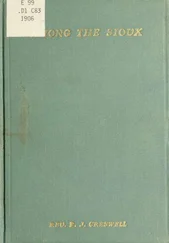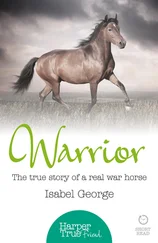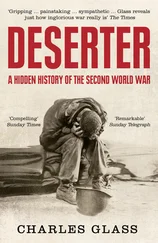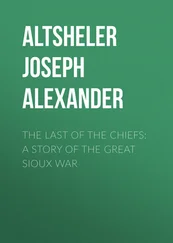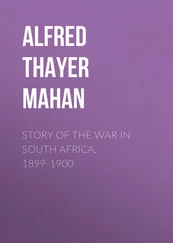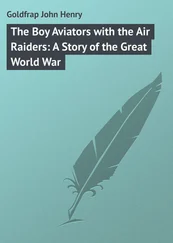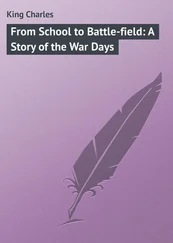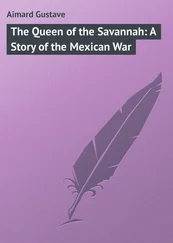Wamdi Tanka - A Sioux story of the war
Здесь есть возможность читать онлайн «Wamdi Tanka - A Sioux story of the war» весь текст электронной книги совершенно бесплатно (целиком полную версию без сокращений). В некоторых случаях можно слушать аудио, скачать через торрент в формате fb2 и присутствует краткое содержание. Жанр: Приключения про индейцев, Биографии и Мемуары, Историческая проза, на английском языке. Описание произведения, (предисловие) а так же отзывы посетителей доступны на портале библиотеки ЛибКат.
- Название:A Sioux story of the war
- Автор:
- Жанр:
- Год:неизвестен
- ISBN:нет данных
- Рейтинг книги:3 / 5. Голосов: 1
-
Избранное:Добавить в избранное
- Отзывы:
-
Ваша оценка:
- 60
- 1
- 2
- 3
- 4
- 5
A Sioux story of the war: краткое содержание, описание и аннотация
Предлагаем к чтению аннотацию, описание, краткое содержание или предисловие (зависит от того, что написал сам автор книги «A Sioux story of the war»). Если вы не нашли необходимую информацию о книге — напишите в комментариях, мы постараемся отыскать её.
A Sioux story of the war — читать онлайн бесплатно полную книгу (весь текст) целиком
Ниже представлен текст книги, разбитый по страницам. Система сохранения места последней прочитанной страницы, позволяет с удобством читать онлайн бесплатно книгу «A Sioux story of the war», без необходимости каждый раз заново искать на чём Вы остановились. Поставьте закладку, и сможете в любой момент перейти на страницу, на которой закончили чтение.
Интервал:
Закладка:
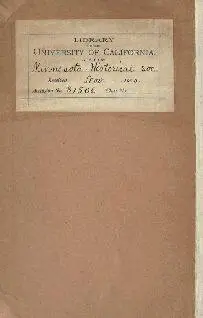
Wamdi Tanka
A Sioux story of the war
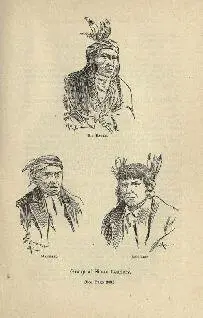

This book made available by the Internet Archive.
Wamditanka, 1827-1906, Minnesota Historical Society, Holcombe, R. I. (Return Ira), 1845-1916
A Sioux story of the war : Chief Big Eagle's story of the Sioux outbreak of 1862
Perhaps the most notable survivor of the old Sioux hostiles is Mr. Jerome Big Eagle, now residing near Granite Falls, in this state. His true Christian name, however, is Elijah. His Indian name is 'Wamdetonka," which literally means Great War Eagle, but he was commonly called Big Eagle. The Sioux for the common bald eagle is "hu-ya" and "wamde" means war eagle, "tonka" meaning great or big. He was a sub-chief, and may be termed one of the Sioux generals, since he had a band or division of his own. A representative of the Pioneer Press, who for some time has been engaged in the work referred to, recently interviewed Mr. Big Eagle at Flandrau, S. D., where he was temporarily on a visit, upon the subject of the war of 1862. He cannot speak English, and Rev. John Eastman of Flandrau, an educated and intelligent gentleman, and Mrs. Nancy Huggan, a sketch of whose adventurous life appears in this volume, kindly acted as interpreters during the "talk," which lasted several hours.
Mr. Big Eagle was first informed that his statements were wanted solely in order that a correct knowledge of the military movements of the Indians during the war might be learned. It was suggested to him that no harm therefrom could come to him or any of his people; that neither the war banner nor the "bloody shirt" waved any longer in Minnesota; that it was well known that he was a prominent character in the war, but that he was now and had been for many years a quiet, industrious Christian citizen, respected by all who knew him, and he was assured that he would be correctly reported. He readily consented to tell his story, and gave full permission to use his name. Other Indians interviewed on the same subject gave certain information, but requested that their names be not printed. Big Eagle's story is here given substantially as related to the reporter by the two intelligent interpreters, or at least as it was understood.
The old man was very frank and unreserved. He did not seem to wish to avoid or evade an answer to a single question. He is of more than ordinary intelligence, and spoke candidly, deliberately and impassively, and with the air and manner of one striving to tell "the whole truth and nothing but the truth." He proved a mine of information, and his story contains many items of history never before published.
(The portraits of Big Eagle, Bed Legs and Blue Earth, shown on page 381, are from photographs taken in 1858, when on their way to Washington, and which are now in the possession of the Historical society.)
"I was born in the Indian village of my father near Mendota, in 1827, and am now sixty-seven years old. My father was Grey Iron, a sub-chief of the Midawa-xanton Sioux. When he died I succeeded him as chief of the band and adopted the name of his father, Wambde-tonka, which, as is commonly called, means the Big Eagle. When I was a young man I often went with war parties against the Chippewas and other enemies of my nation, and the six feathers shown in the head-dress of my picture in the Historical society at St. Paul stand for six Chip-pewa scalps that I took when on the warpath. By the terms of the treaties of Traverse des Sioux and Mendota in 1851, the Sioux sold all of their lands in Minnesota, except a strip ten miles wide on each side of the Minnesota river from near Fort Kidgely to the Big Stone lake. The Medawakantons and Wa-coutas had their reservation up to the Yellow Medicine. In 1858 the ten miles of this strip belonging to the Medawakanton and Wacouta bands, and lying north of the river were sold, mainly through the influence of Little Crow. That year, with some other chiefs, I went to Washington on business connected with the treaty. The selling of that strip north, of the Minnesota caused great dissatisfaction among the Sioux, and Little Crow was always blamed for the part he took in the sale. It caused us all to move to the south side of the river, where there was but very little game, and many of our people, under the treaty, were induced to give up the old life and go to work like white men, which was very distasteful to many.
"Of the causes that led to the outbreak of August, 1862, much has been said. Of course it was wrong, as we all know now, but there were not many Christians among the Indians then, and they did not understand things as they should. There was great dissatisfaction among the Indians over many things the whites did. The whites 'would not let them go to war against their enemies. This was right, but the Indians did not then know it. Then the whites were always trying to make the Indians give up their life and live like white men-go to farming, work hard and do as they did-and the Indians did not know how to do that, and did not want to anyway. It seemed too sudden to make such a change. If the Indians had tried to make the whites live like them, the whites would have resisted, and it was the same way with many Indians. The Indians wanted to live as they did before the treaty of Traverse des Sioux-go where they pleased and when they pleased; hunt game wherever they could find it, sell their furs to the traders and live as they could.
"Then the Indians did not think the traders had done right. The Indians bought goods of them on credit, and when the government payments came the traders were on hand with their books, which showed that the Indians owed so much and so much, and as the Indians kept no books they could not deny their accounts, but had to pay them, and sometimes the traders got all their money. I do not say that the traders always cheated and lied about these accounts. I know many of them were honest men and kind and accommodating, but since I have been a citizen I know that many white men, when they go to pay their accounts, often think them too large and refuse to pay them, and they go to law about them and there is much bad feeling. The Indians could not go to law, but there was always trouble over their credits. Under the treaty of Traverse des Sioux the Indians had to pay a very large sum of money to the traders for old debts, some of which ran back fifteen years, and many of those who had got the goods were dead and others were not present, and the traders' books had to be received as to the amounts, and the money was taken from the tribe to pay them. Of course the traders often were of great service to the Indians in letting them have goods on credit, but the Indians seemed to think the traders ought not to be too hard on them about the payments, but do as the Indians did among one another, and put off the payment until they were better able to make it.
"Then many of the white men often abused the Indians and treated them unkindly. Perhaps they had excuse, but the Indians did not think so. Many of the whites always seemed to say by their manner when they saw an Indian, 'I am much better than you/ and the Indians did not like this. There was excuse for this, but the Dakotas did not believe there were better men in the world than they. Then some of the white men abused the Indian women in a certain way and disgraced them, and surely there was no excuse for that.
"All these things made many Indians dislike the whites.
Читать дальшеИнтервал:
Закладка:
Похожие книги на «A Sioux story of the war»
Представляем Вашему вниманию похожие книги на «A Sioux story of the war» списком для выбора. Мы отобрали схожую по названию и смыслу литературу в надежде предоставить читателям больше вариантов отыскать новые, интересные, ещё непрочитанные произведения.
Обсуждение, отзывы о книге «A Sioux story of the war» и просто собственные мнения читателей. Оставьте ваши комментарии, напишите, что Вы думаете о произведении, его смысле или главных героях. Укажите что конкретно понравилось, а что нет, и почему Вы так считаете.
